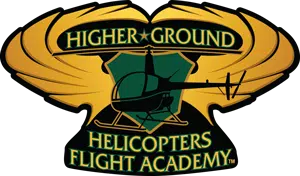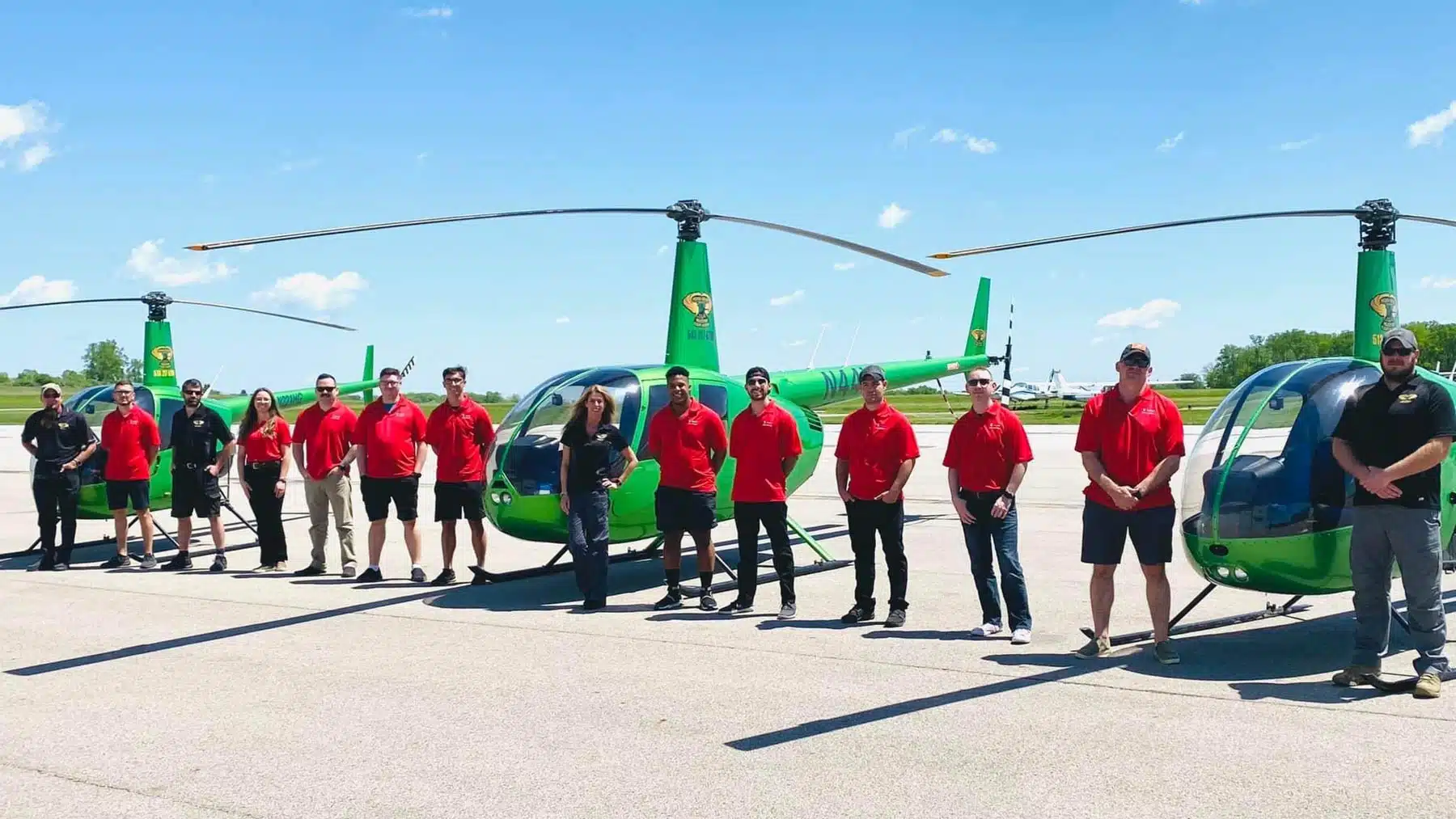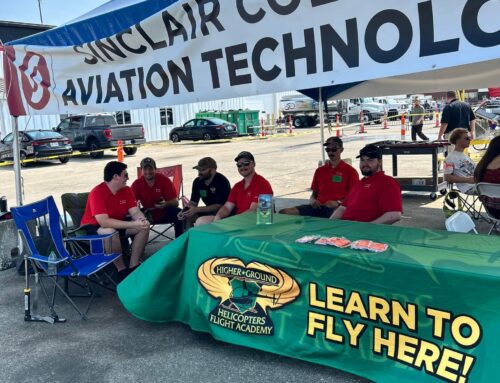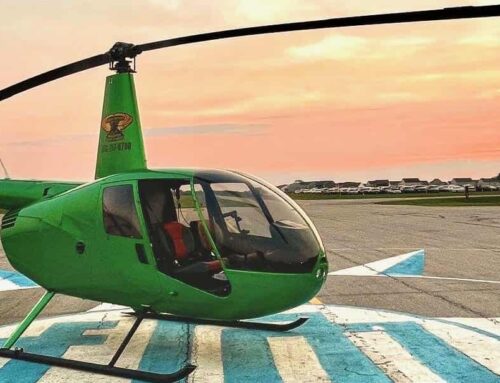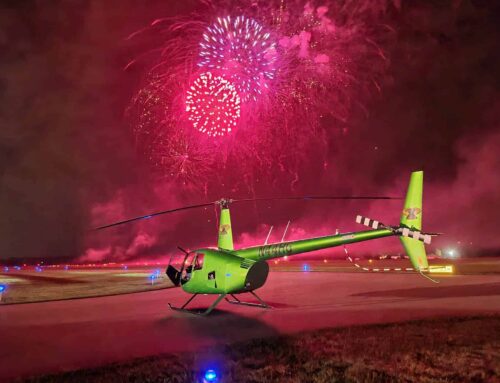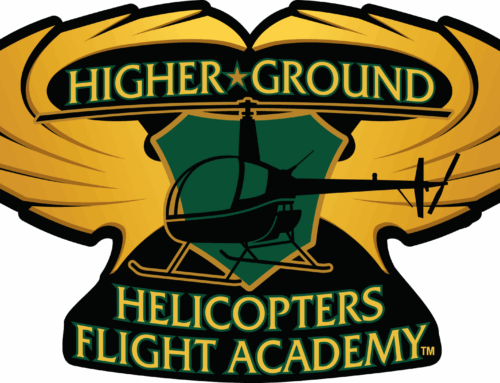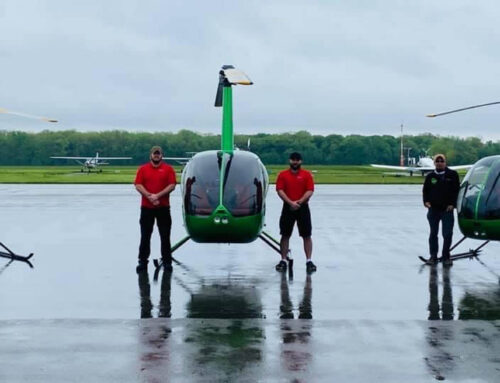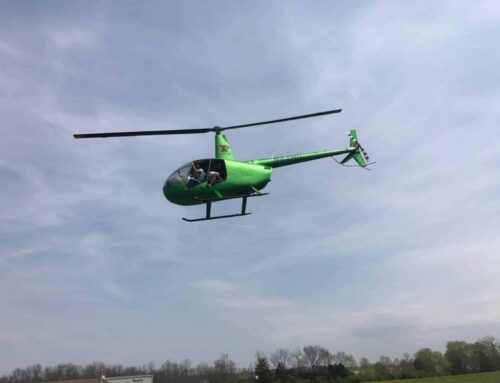A Southern Utah University post, citing a Boeing report, anticipates a global shortage of about 61,000 helicopter pilots by 2038.
The rising demand stems from an increasing number of industries utilizing helicopters, as well as many older pilots approaching retirement age. Right now is a great time to begin your journey toward becoming a licensed helicopter pilot. You may wonder, ‘How long does it take to become a helicopter pilot?’
Understanding the timeline helps you plan and choose the best time to begin your training. It’s invaluable if you want to start during a season with fewer life commitments.
The time it takes varies from person to person. Continue reading to learn about the factors that can impact your timeline.
Type of Pilot License You Want
The kind of helicopter licenses you can earn include:
- Private
- Commercial
- Instrument-rated
- Flight instructor licenses
Each one takes a different amount of time to complete, depending on the required flight hours and exams. A private license is the quickest to earn, often taking 3 to 6 months. A commercial license takes longer because it requires more advanced skills and at least 150 total flight hours.
Adding instrument or instructor ratings can further extend your timeline. Each level of training builds toward your long-term aviation career path, whether you’re flying for recreation or as a full-time job.
Training Schedule (Full-Time vs. Part-Time)
Your schedule strongly affects how fast you can complete your helicopter training. Full-time students typically fly several times each week and often finish in under a year. Part-time students often take longer because breaks between classes require more review time.
At Higher Ground Helicopters, we support working students with flexible scheduling and engaging group classes. We offer evening classes two to three nights a week.
This allows you to train while continuing to work. Our group setting encourages discussion, teamwork, and lasting professional connections to support your helicopter pilot training journey.
Flight School Curriculum
Each school follows a different curriculum, which impacts your overall flight school duration. Some schools offer accelerated courses with set timelines, while others follow a more flexible approach.
A structured program can help you stay on track and complete your training faster. Make sure the school’s curriculum:
- Covers all required FAA topics
- Provides enough hands-on flight time
- Offers classroom instruction with experienced instructors
- Includes simulator access for extra practice
- Has a clear and organized training schedule
A good curriculum blends both ground school and in-flight experience. Reviewing a program’s structure before enrolling helps you choose a path that supports your goals and speeds up your training.
Student Commitment and Study Habits
Your level of commitment plays a significant role in how quickly you progress as a pilot. A strong commitment helps you absorb lessons faster, retain knowledge, and stay confident during training. Students who succeed often:
- Stay consistent with lessons
- Study outside of class
- Ask questions when confused
- Review notes after each session
- Practice using flight simulators
Self-discipline helps you push through tough topics and stay focused on your goals. Commitment not only speeds up your progress but also prepares you for the challenges of flying. Staying organized and motivated enables you to navigate the pilot certification process more efficiently and with greater confidence.
Health and Medical Certification
Before you can fly solo, you’ll need to pass a medical exam. Most helicopter students apply for a second-class FAA medical certificate. The exam checks your vision, hearing, heart health, and overall fitness.
If you have medical conditions, your timeline may be affected by additional evaluations or delays. Staying healthy and managing conditions early prevents setbacks in your training. Medical issues don’t always stop you, but they might slow the process.
It’s smart to get your exam done before beginning helicopter flying lessons, so you know where you stand. Being cleared early allows you to focus fully on your training.
Flight Instructor Availability
Your instructor’s availability can also affect how fast you complete your training. Some flight schools have many students per instructor, leading to limited lesson times. Delays can happen if your instructor is booked or needs time off.
It’s essential to ask schools about their student-to-instructor ratio. A well-staffed program allows for more frequent lessons and fewer schedule gaps.
Good communication with your instructor helps, too. If both of you can coordinate flexible times, your training will move faster.
Weather Conditions
Weather can greatly affect your training timeline, especially if you live in a region with lots of:
- Rain
- Snow
- Fog
- High winds
- Frequent thunderstorms
Poor conditions often ground flights and delay progress. Flight schools cancel lessons for safety when visibility drops or winds become too strong. If weather delays happen often, your training might stretch over a longer period.
Some students choose schools in areas with milder climates to reduce interruptions. Flexibility in your schedule can help you make up for missed time. Planning around local weather patterns gives you a better chance of staying on track and completing your training within your expected timeframe.
Aircraft Availability
If your flight school has a limited number of aircraft, you might face delays, especially during busy seasons. Mechanical issues can also sideline helicopters, causing missed lessons.
It’s important to ask your school how often they service aircraft and how they handle scheduling. The more aircraft a school has, the better your chances of flying regularly.
Smooth scheduling and well-maintained helicopters are key for steady training. Limited aircraft availability can stretch out your timeline, even if your lessons and study habits are solid.
How Long Does It Take to Become a Helicopter Pilot? Consult a Professional Instructor
How long does it take to become a helicopter pilot? The answer depends on many factors, including your training schedule, school choice, and personal commitment.
Most students earn their license within 12 to 24 months. Speaking with a certified instructor helps you create a training plan that fits your goals and lifestyle.
At Higher Ground Helicopters, we’ve been training pilots since 2004 and bring two decades of knowledge to every lesson. Our flexible programs support career-driven students, whether you’re pursuing a degree or entering the workforce.
We’re proud to help aspiring pilots fly with skill and confidence. Contact us today to get started.
